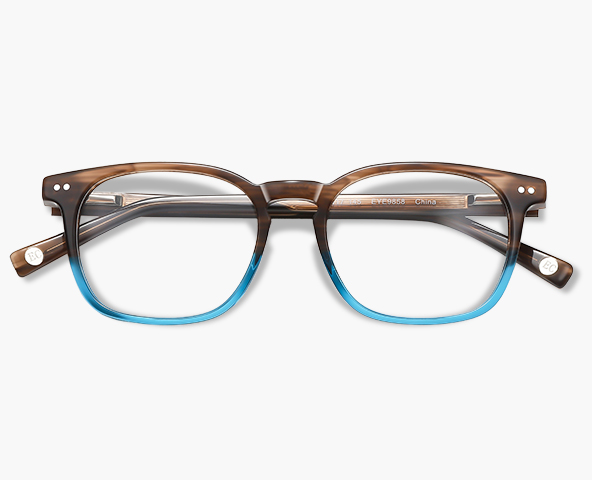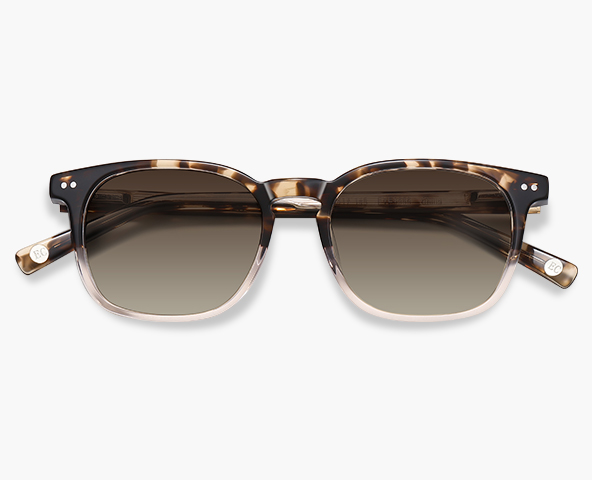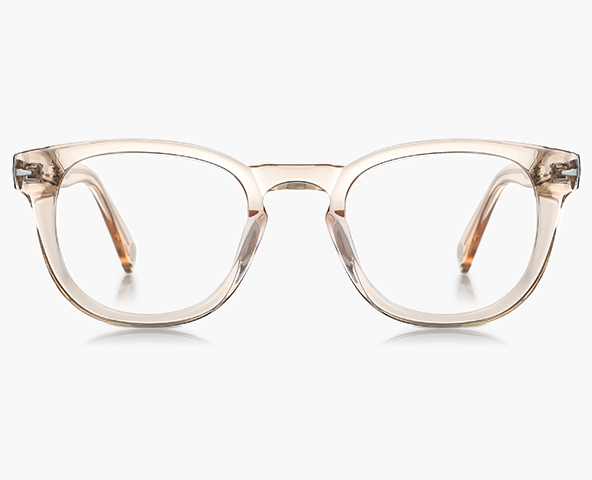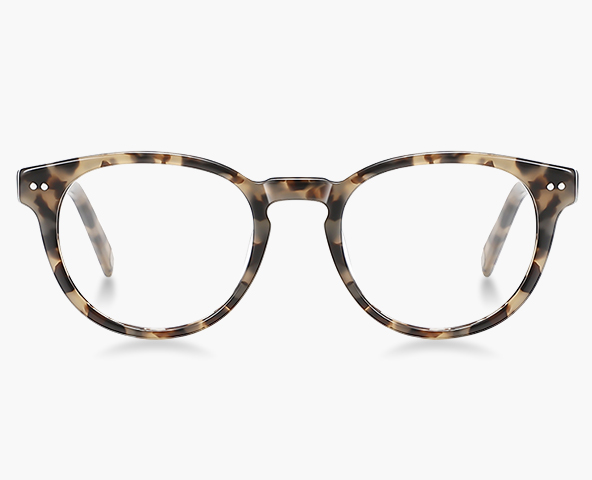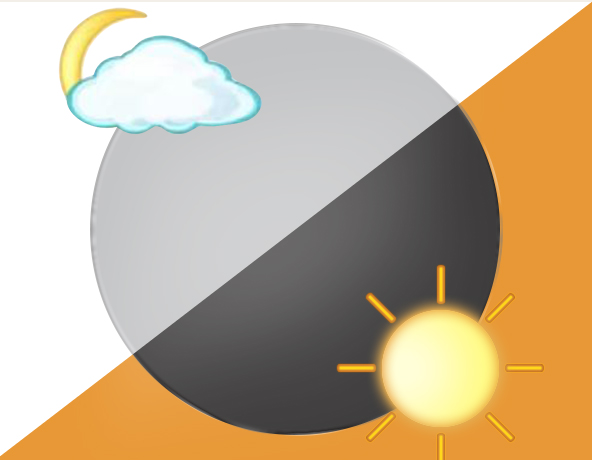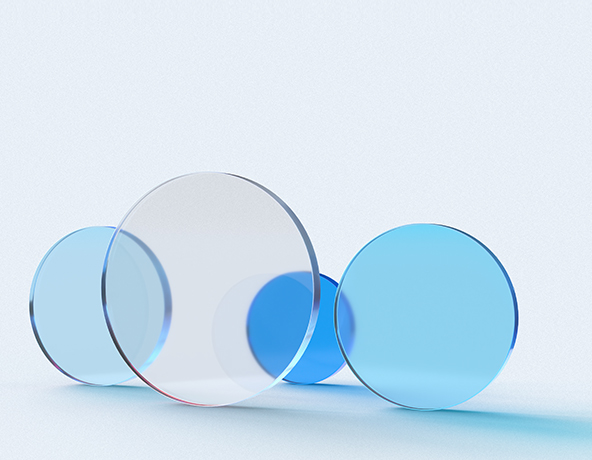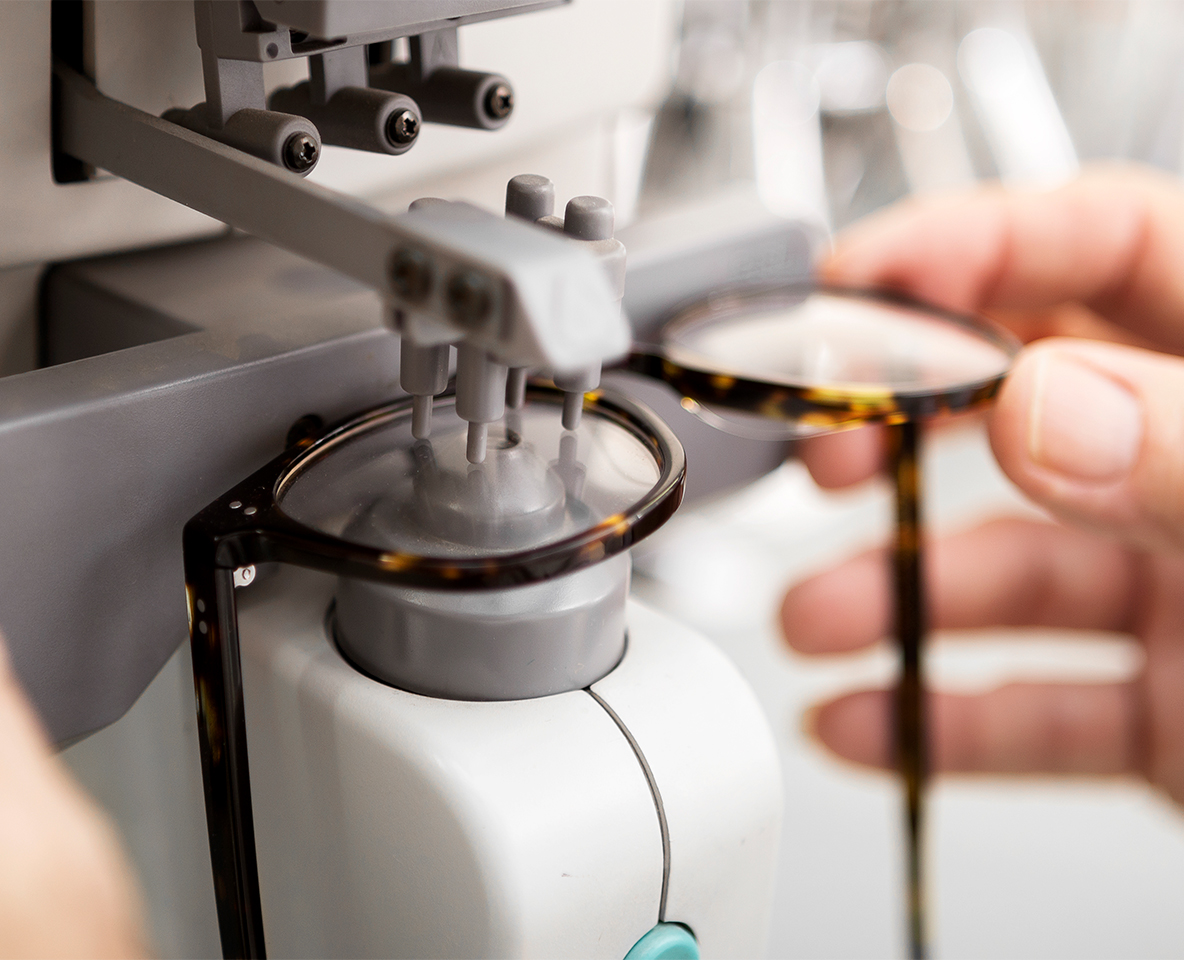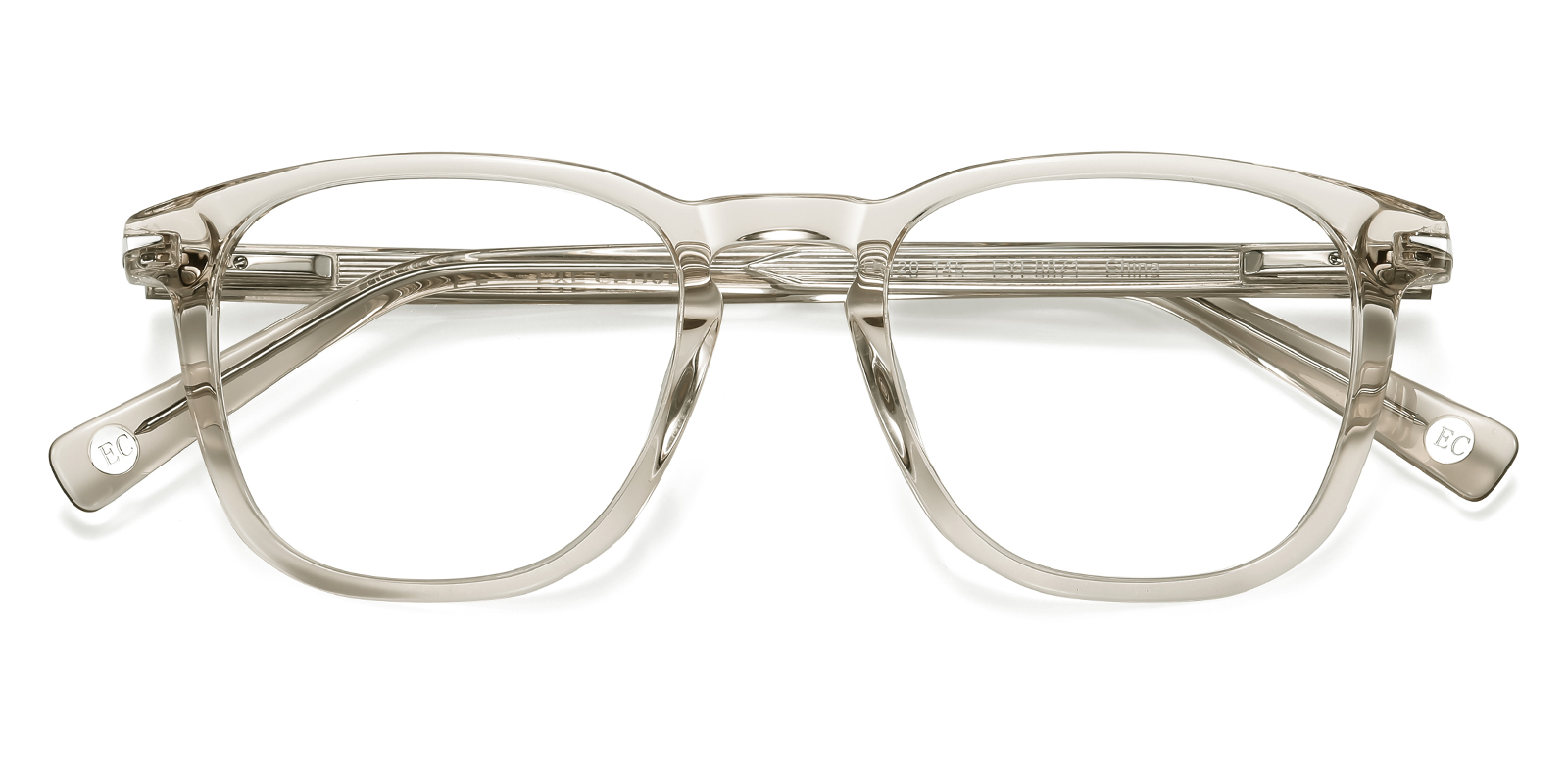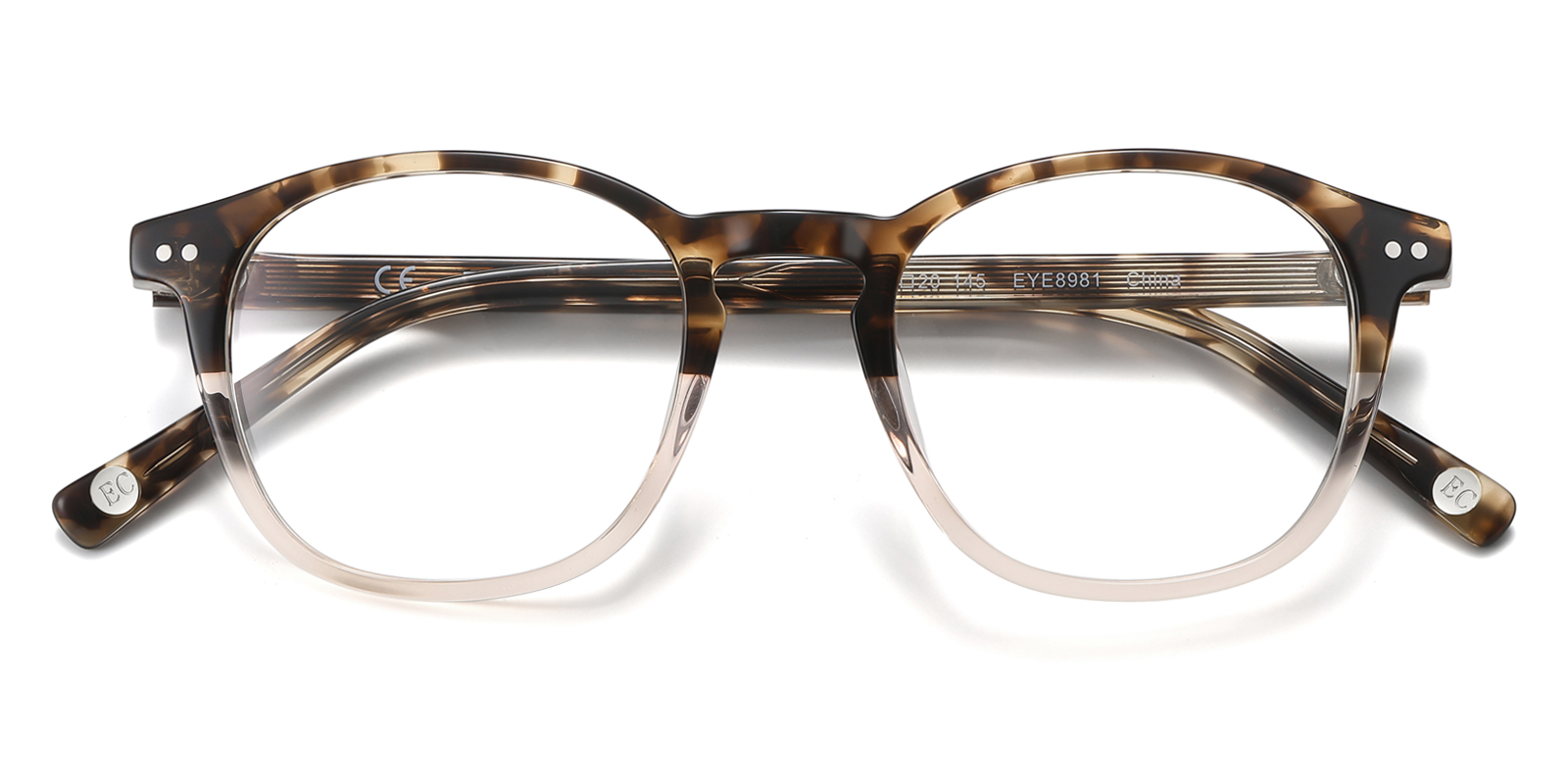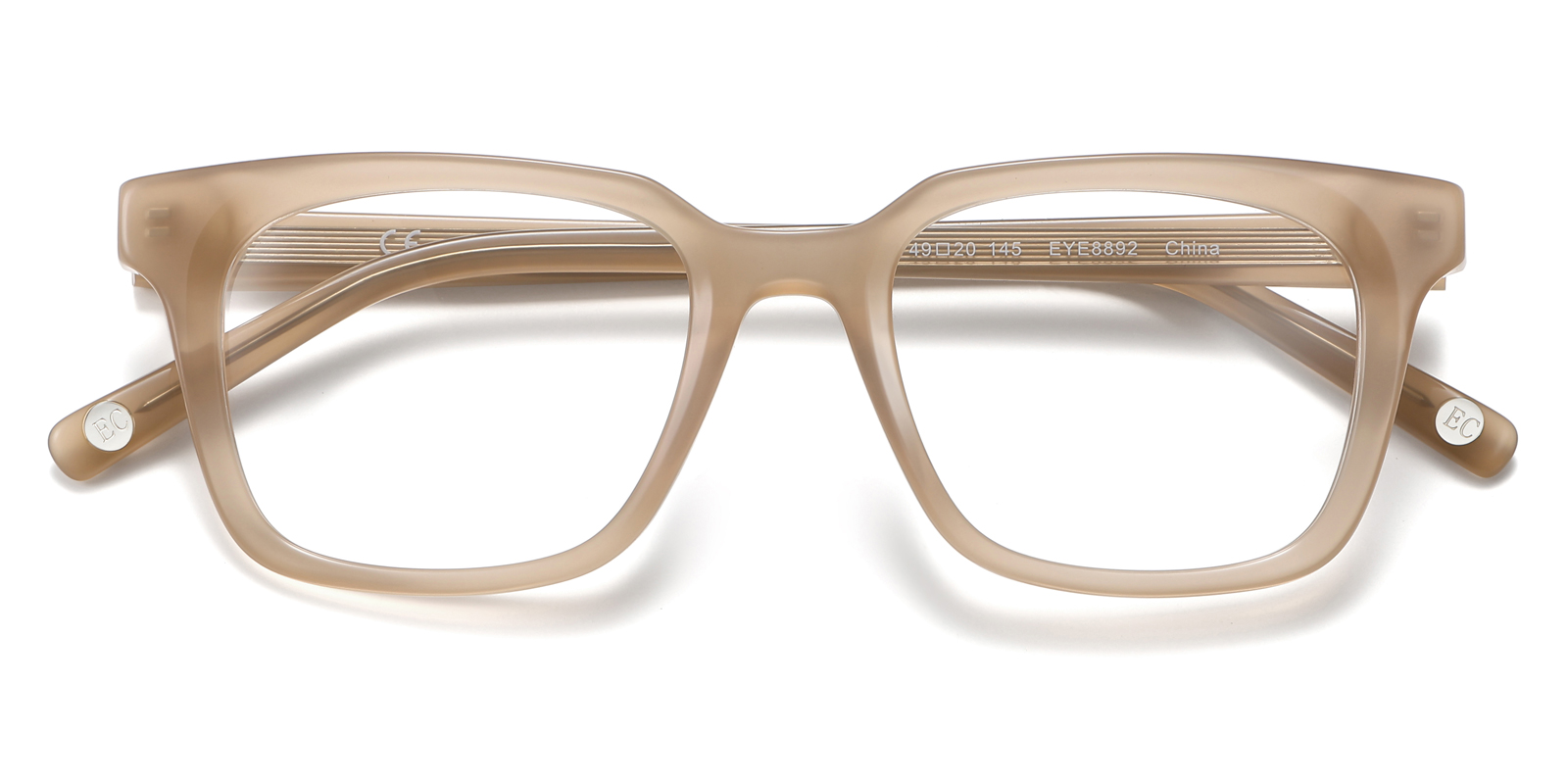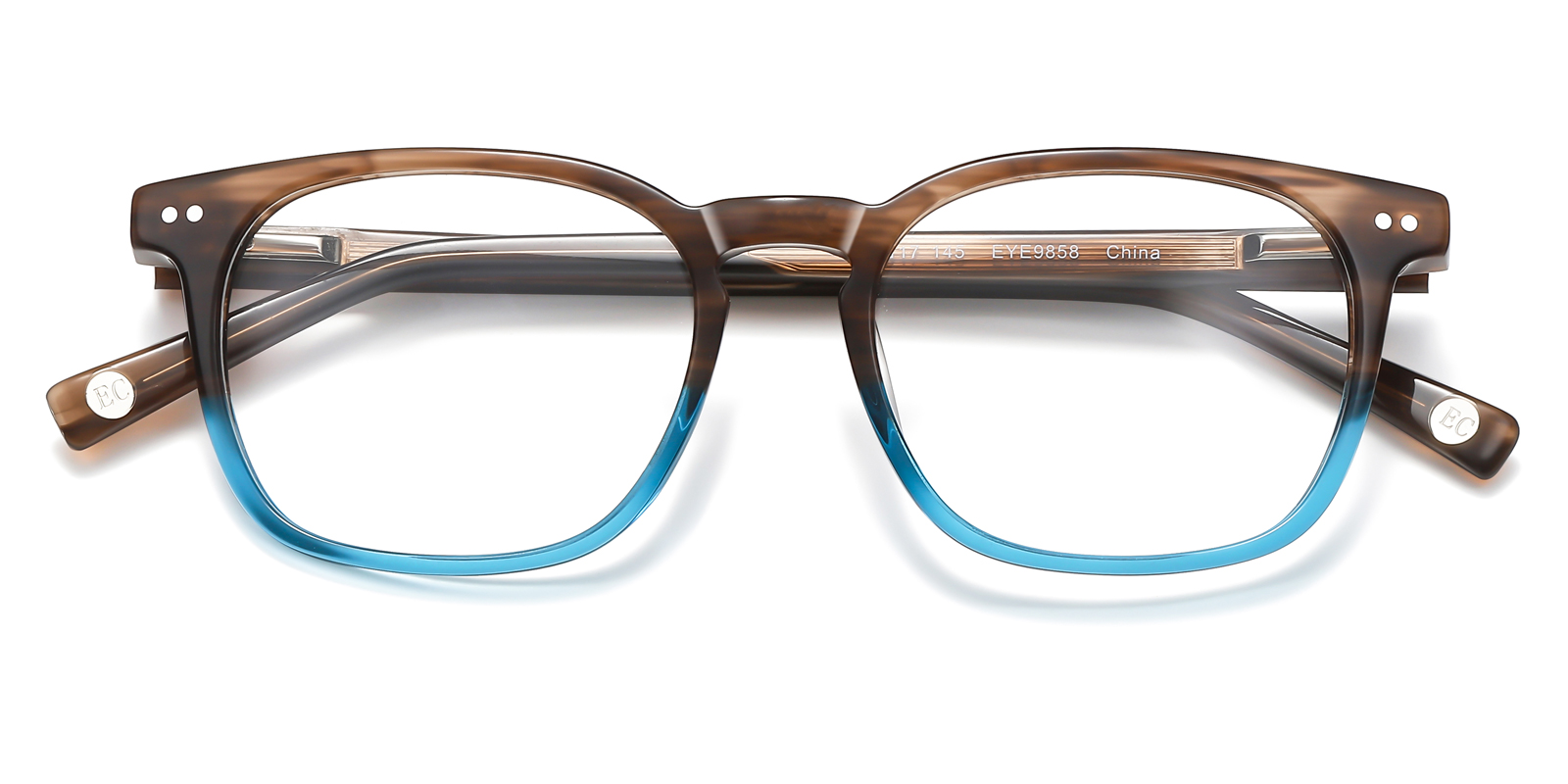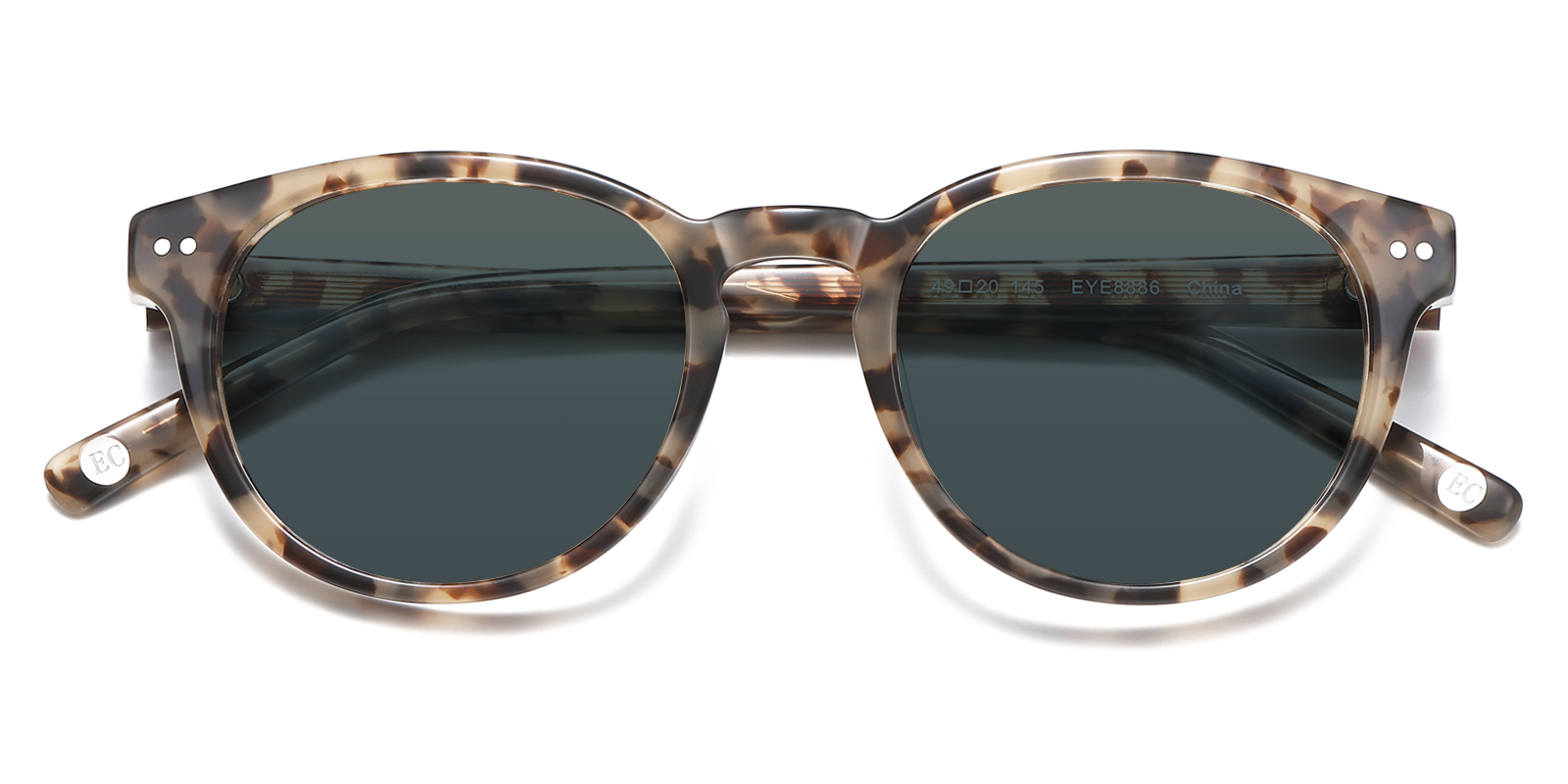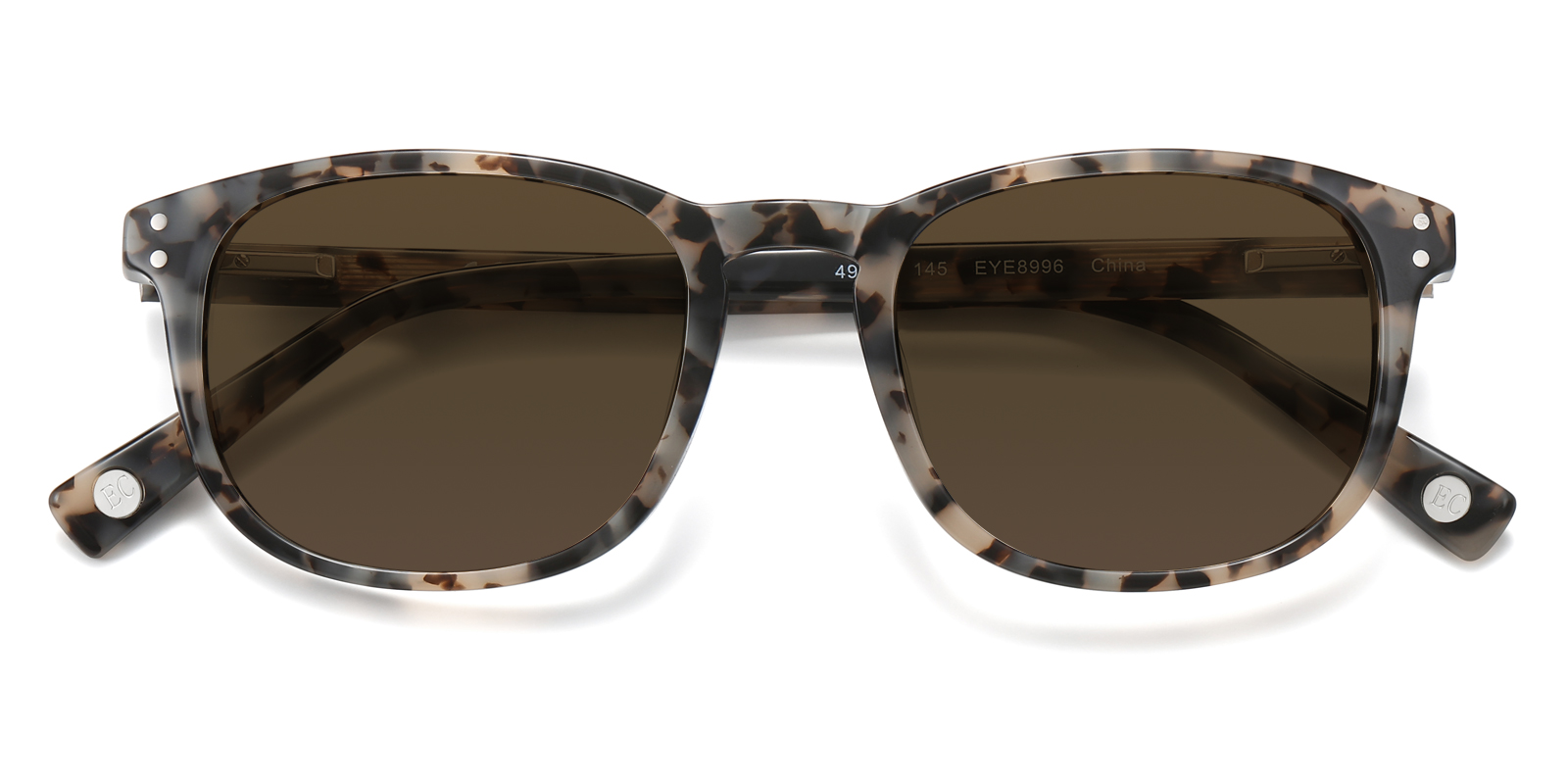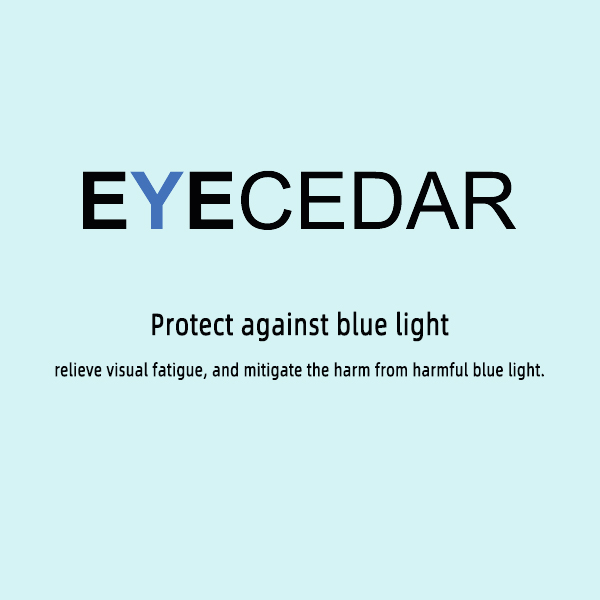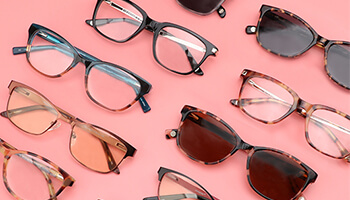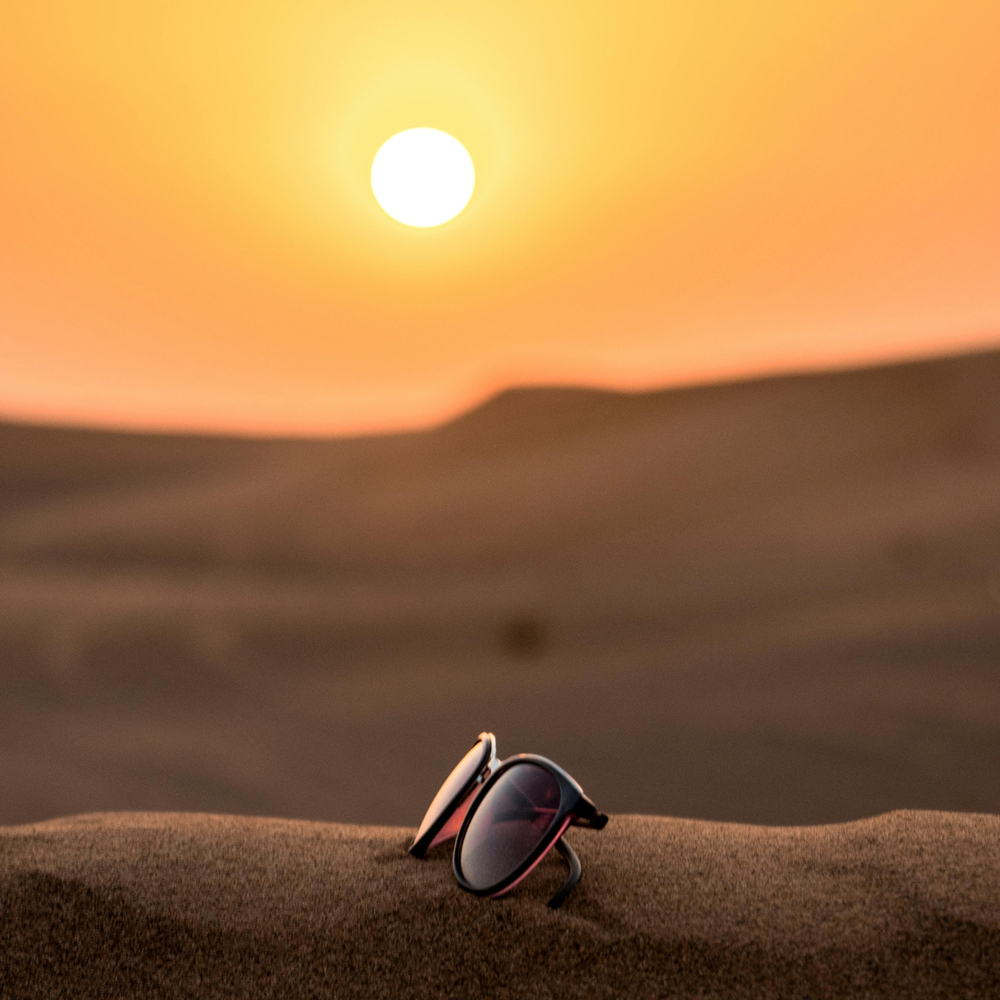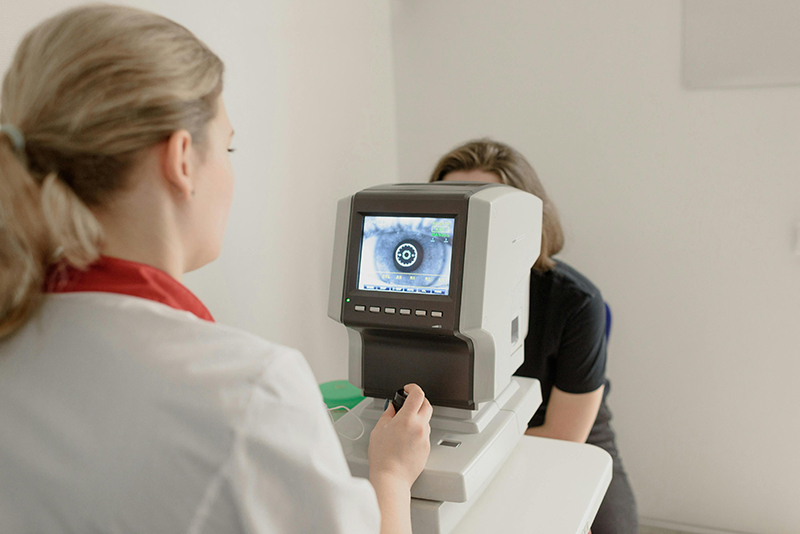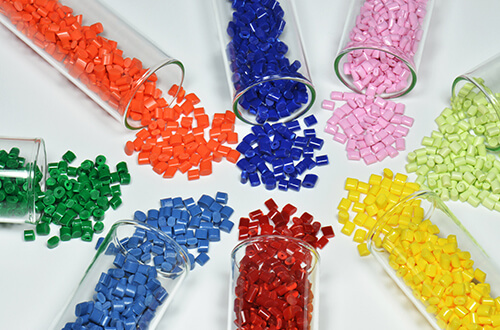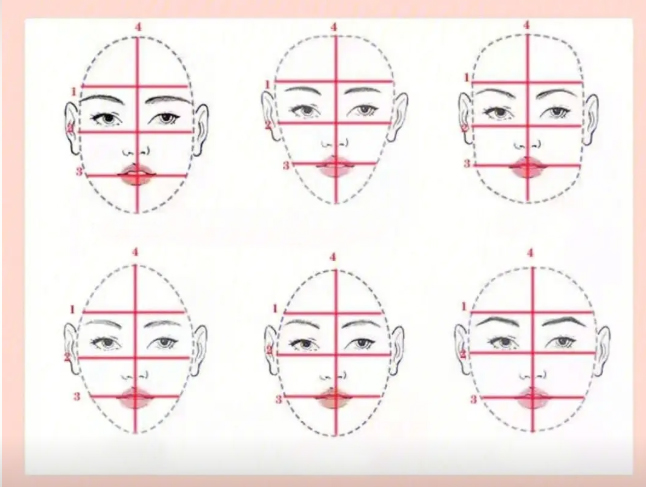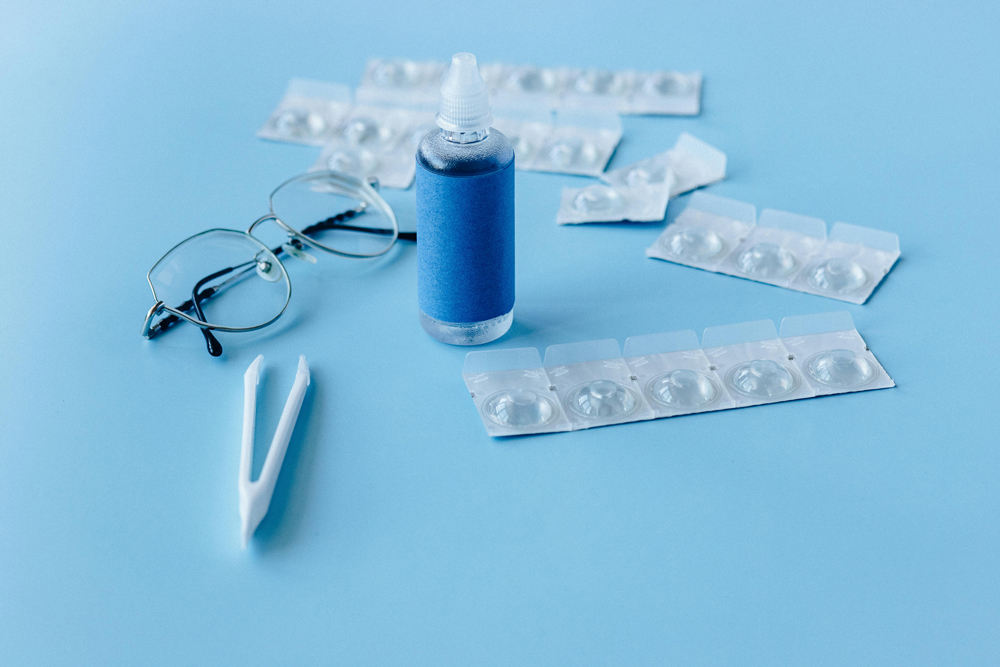On the journey to beauty and health, eye bags are a common concern for many people. Not only do they affect facial aesthetics, but they can also make a person appear fatigued and older. How can eye bags be effectively removed? This article explores the causes of eye bags in depth and presents scientific, effective removal methods based on multiple authoritative research studies. Additionally, insights from internationally renowned experts are cited to provide a solid theoretical foundation.

Causes of Eye Bags
Aging and Physiological Changes
The formation of eye bags is a complex process, with aging playing a crucial role. Over time, the skin around the eyes gradually loses elasticity, the dermis thins, and collagen and elastin fibers break down and degrade, leading to a loss of structural support.
Dr. Andrew A. Jacono and his team detailed this process in their paper, Aging of the Periorbital Region: An Anatomical Study and Implications for Rejuvenation [1]. Dr. Jacono pointed out that as collagen diminishes and elastin fibers deteriorate, the once firm periocular structure weakens, causing orbital fat to protrude and form noticeable eye bags. His research not only provides an in-depth anatomical analysis of periorbital aging but also offers insights into minimally invasive and surgical interventions. Dr. Jacono has shared his findings at numerous international conferences, contributing significantly to the field of periorbital rejuvenation.
Effects of Poor Lifestyle Habits
Long-term sleep deprivation, excessive screen time, and other poor lifestyle habits can accelerate the formation of eye bags. Prolonged eye strain leads to impaired blood circulation around the eyes, causing fluid retention and swelling.
Renowned oculoplastic surgeon Dr. Eric L. Bernstein discussed this in his paper, Lower Eyelid Anatomy, Aging, and Blepharoplasty [2]. He emphasized that chronic sleep deprivation and overuse of digital devices keep eye muscles in a prolonged state of tension, leading to vascular dilation and dysfunction, making the area more prone to fluid retention. Dr. Bernstein's research has been widely applied in both surgical and non-surgical lower eyelid treatments, providing valuable clinical insights.
Role of Genetic Factors
Genetics also play a key role in eye bag formation. Individuals with a family history of eye bags may develop them at an earlier age.
Dr. Woffles Wu and his team explored this in their paper, Genetic Factors in Facial Aging Among Asian Populations [3]. Through long-term studies of multiple families, they confirmed the significant impact of genetic background on periorbital aging and eye bag development. Dr. Wu explained that specific gene mutations or polymorphisms related to collagen synthesis and orbital septum stability make individuals more susceptible to eye bags due to aging or environmental factors. His research provides early prevention and personalized treatment recommendations for those with a hereditary predisposition.
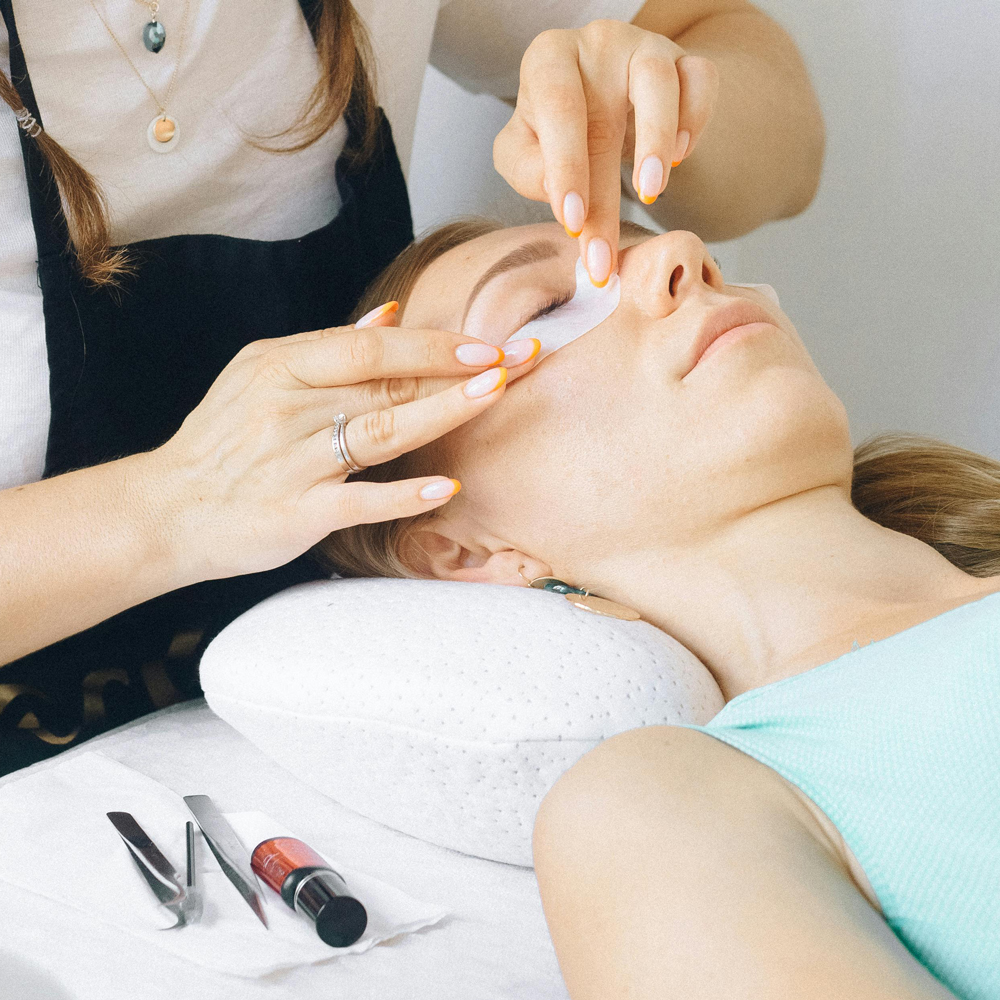
Methods to Reduce Eye Bags
Protective Eyewear
Blue Light Glasses
With the widespread use of digital devices, blue light has become a major factor affecting eye health. Blue light glasses can effectively filter out harmful blue light, reducing eye strain and swelling caused by prolonged screen exposure. It is recommended to choose glasses with a blue light blocking rate of 30% to 50%, especially for individuals who spend long hours on computers or smartphones.
Caili Square Glasses Jemee Round Glasses
Anti-Fatigue Glasses
Designed for extended screen use, anti-fatigue glasses typically feature gradient lenses that reduce eye strain, relieve muscle tension, and improve blood circulation, helping to prevent eye bags. For students and office workers, the right anti-fatigue glasses can significantly reduce eye fatigue.
Kaimo Square Glasses Waiston Square Glasses
Sunglasses
UV rays accelerate skin aging, and prolonged exposure to strong sunlight worsens eye bags. Wearing sunglasses with UV400 protection effectively blocks over 99% of UV rays, safeguarding the delicate skin around the eyes and preventing UV-induced damage that contributes to eye bag formation.
Imure Round Sunglasses Tuten Square Sunglasses
Other Methods for Eye Bag Removal
Eye Care
Using eye creams containing hyaluronic acid, vitamin E, and other antioxidants, combined with gentle massage, helps improve skin elasticity, stimulate collagen production, and reduce eye bags.
Lifestyle Adjustments
Ensuring 7 to 8 hours of quality sleep, practicing proper eye care, and maintaining a balanced diet contribute to healthy skin around the eyes. Cold or warm compresses can also improve blood circulation and reduce puffiness and fatigue.
Medical Treatments
For persistent or severe eye bags that significantly affect facial appearance, surgical or cosmetic treatments may be necessary:
-
Surgical Options:
- Transconjunctival Blepharoplasty: Suitable for individuals whose eye bags are primarily caused by orbital fat protrusion. This technique offers a concealed incision and fast recovery.
- External Incision Blepharoplasty: Recommended for patients with excessive skin laxity, providing comprehensive improvement but requiring a longer recovery period.
-
Non-Surgical Treatments:
- Laser or Radiofrequency Therapy: These methods stimulate collagen production and promote fat reduction, improving both eye bags and skin laxity. While minimally invasive with quick recovery, multiple sessions are often needed for optimal results.
Acknowledgment of Expert Contributions
We extend our sincere gratitude to the following experts and their teams for their invaluable research, which has provided a solid scientific foundation for understanding and treating eye bags:
- Dr. Andrew A. Jacono (see [1])
- Dr. Eric L. Bernstein (see [2])
- Dr. Woffles Wu (see [3])
Their rigorous academic research has significantly advanced the field of periorbital rejuvenation and has offered hope and practical solutions to those struggling with eye bags.
References
- Jacono, A.A. et al. "Aging of the Periorbital Region: An Anatomical Study and Implications for Rejuvenation." Aesthetic Surgery Journal, 2013; 33(6): 717-727.
- Bernstein, E.L. "Lower Eyelid Anatomy, Aging, and Blepharoplasty." Plastic and Reconstructive Surgery, 2007; 119(2): 576-587.
- Wu, W. "Genetic Factors in Facial Aging Among Asian Populations." Aesthetic Plastic Surgery, 2008; 32(4): 480-488.

